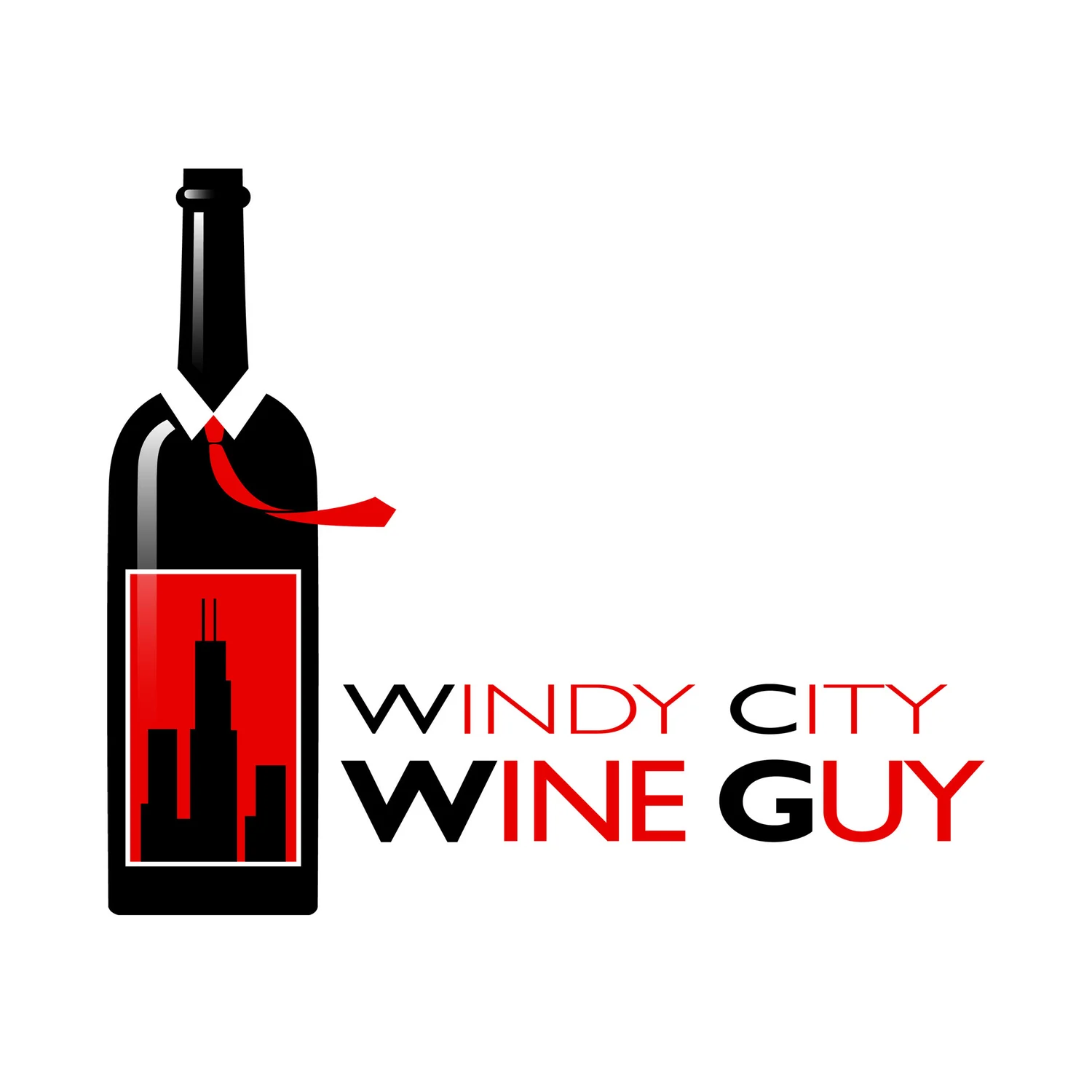BYOB at Lips Asian Bistro
/
Last Friday was my wife's birthday and I wanted to make plans to go somewhere new. I wanted to be creative but nothing as crazy as "Date Night". We both like foreign films, so I figured a trip up Southport to the Music Box was in order. Now all I had to do was pick a restaurant. My wife has been craving sushi since we found out she was pregnant last year and I discovered a little place called Lips Asian Bistro & Sushi Bar.
I made reservations a few days earlier and since the place is BYOB ($1 corkage per person), I needed a good wine to bring. I decided on 2008 Gouguenheim Torrontés, a small craft wine made at high altitude in Argentina, available under $10. Torrontés is a celebrated grape in Argentina, brought over by missionaries, and a great varietal for sushi- fresh zippy citrus fruit accompanied by crisp acidity and floral scents.
Traffic wasn't too bad for a Friday and parking on Southport was sparse, but available ($1.25/hour). We purchased  our tickets to the show "Pranzo di Ferragosto" (Mid-August Lunch) and walked down to Lips. It was still before 7pm, so the restaurant was not busy yet and we had the pick of seats. There is a sushi bar to the right, a small bar in the back and seating in the front and left side of the restaurant. Upon seating we were presented with menus and specials and the waitress opened our wine. Now it was time to decide on our maki rolls and sashimi (sushi pieces without rice), though they do have Japanese cold and hot appetizers and dinner entrees like ribeye steak, rack of lamb, bass, teriyaki and noodle dishes and Korean pork. As usual when it comes to sushi, we decided to overeat, and ordered three rolls- Rainbow (California covered with tuna, salmon, yellowtail, and shrimp), Dragon (shrimp tempura covered with avocado and eel) and Strawberry (white tuna, tempura crunch and hot sauce topped with spicy tuna and strawberries) along with sashimi pieces.
our tickets to the show "Pranzo di Ferragosto" (Mid-August Lunch) and walked down to Lips. It was still before 7pm, so the restaurant was not busy yet and we had the pick of seats. There is a sushi bar to the right, a small bar in the back and seating in the front and left side of the restaurant. Upon seating we were presented with menus and specials and the waitress opened our wine. Now it was time to decide on our maki rolls and sashimi (sushi pieces without rice), though they do have Japanese cold and hot appetizers and dinner entrees like ribeye steak, rack of lamb, bass, teriyaki and noodle dishes and Korean pork. As usual when it comes to sushi, we decided to overeat, and ordered three rolls- Rainbow (California covered with tuna, salmon, yellowtail, and shrimp), Dragon (shrimp tempura covered with avocado and eel) and Strawberry (white tuna, tempura crunch and hot sauce topped with spicy tuna and strawberries) along with sashimi pieces.
We enjoyed conversation, miso soup and our wine, which was varietally correct in being fresh, citrusy, floral with a hint of honey. The sushi came to the table promptly with beautiful presentation. The three rolls were lined up next to eachother on a large plate and our piece orders were individually plated and garnished, as usual, with pickled ginger and wasabi. The sushi tasted even better than it looked- the rolls were packed with fresh fish and tasty mayos and sauces. Even though I love eel, the Strawberry maki was my favorite- a perfect combination of spicy fish, sweet fruit and salty eel sauce. The sashimi was a great value, two pieces per order, and the special maki was priced between $10-14. This was an excellent meal with excellent value- our bill was still under $75. No room left for dessert- we ate so much sushi we thought we were going to swim out of there!
Walking around we saw many sights like blocks full of greystone buildings, boutiques, bars and restaurants. After a while our sweet tooth kicked in and we stumbled across a bakery called Sensational Bites. They have unbelievable cupcakes (peanut butter, caramel, red velvet, etc), awesome brownies (mint, coconut, peanut butter, etc), pies, cakes and good coffee. We ordered some for there and to go, and they cut our orders and plated them. A great sweets bakery that every neighborhood needs.
The movie was the end of our date night and turned out to be very good. A man named Gianni, who lives in Rome at home with his mama, is talked into taking care of a few friend's mothers in exchange for payment and favors. Gianni is a very good cook who loves his wine and entertaining, which ends up being a convenient combination later in the movie.
I recommend all our stops from that evening and you can copycat the date if you want- your companion will not be disappointed- let me know how it goes!


![l[1]](http://s3.media.squarespace.com/production/597373/6937699/2010/04/l1.jpg/w/300)









![200px-08gorge2[1]](http://s3.media.squarespace.com/production/597373/6937699/2010/03/200px-08gorge21.jpg)
![Columbia_Valley_AVA_Wash_map[1]](http://s3.media.squarespace.com/production/597373/6937699/2010/03/columbia_valley_ava_wash_map1.jpg/w/300)







 The Arboretum of South Barrington
The Arboretum of South Barrington


